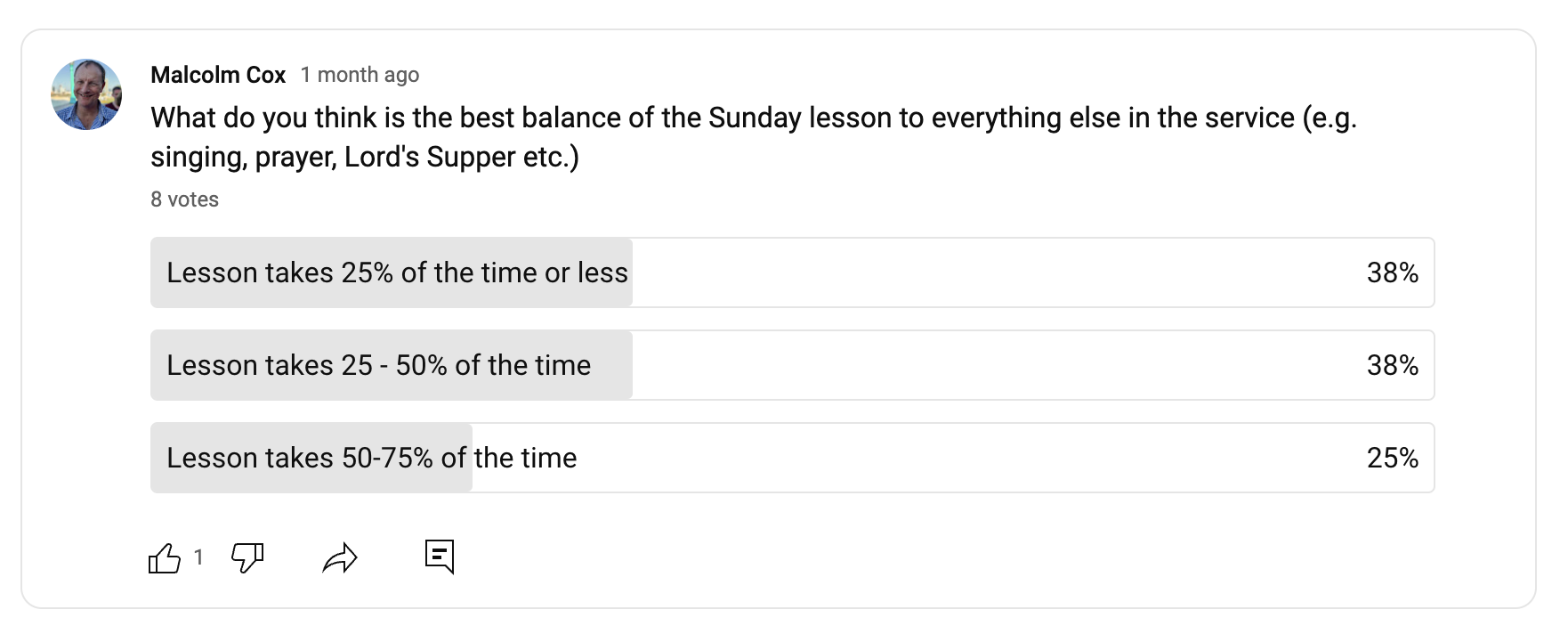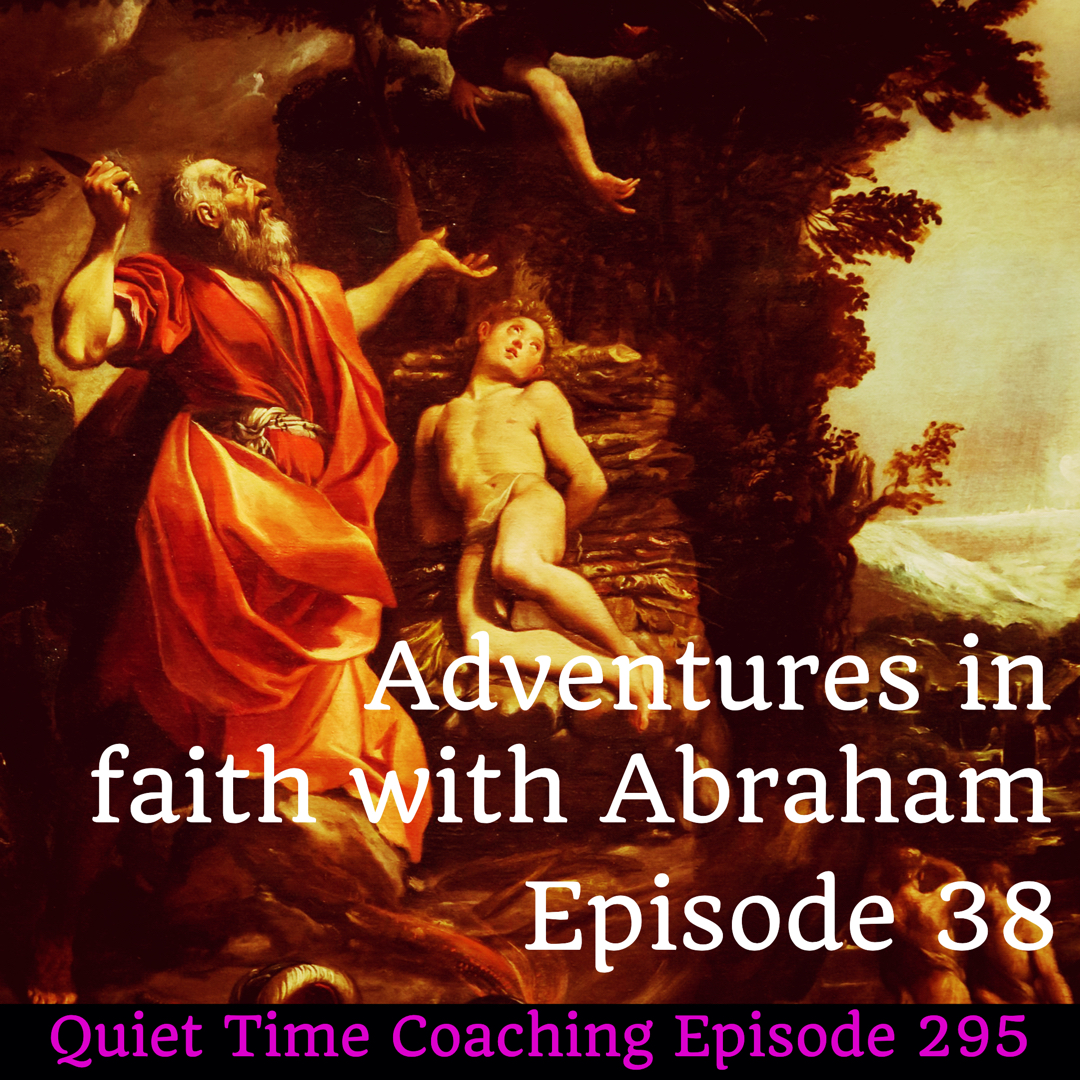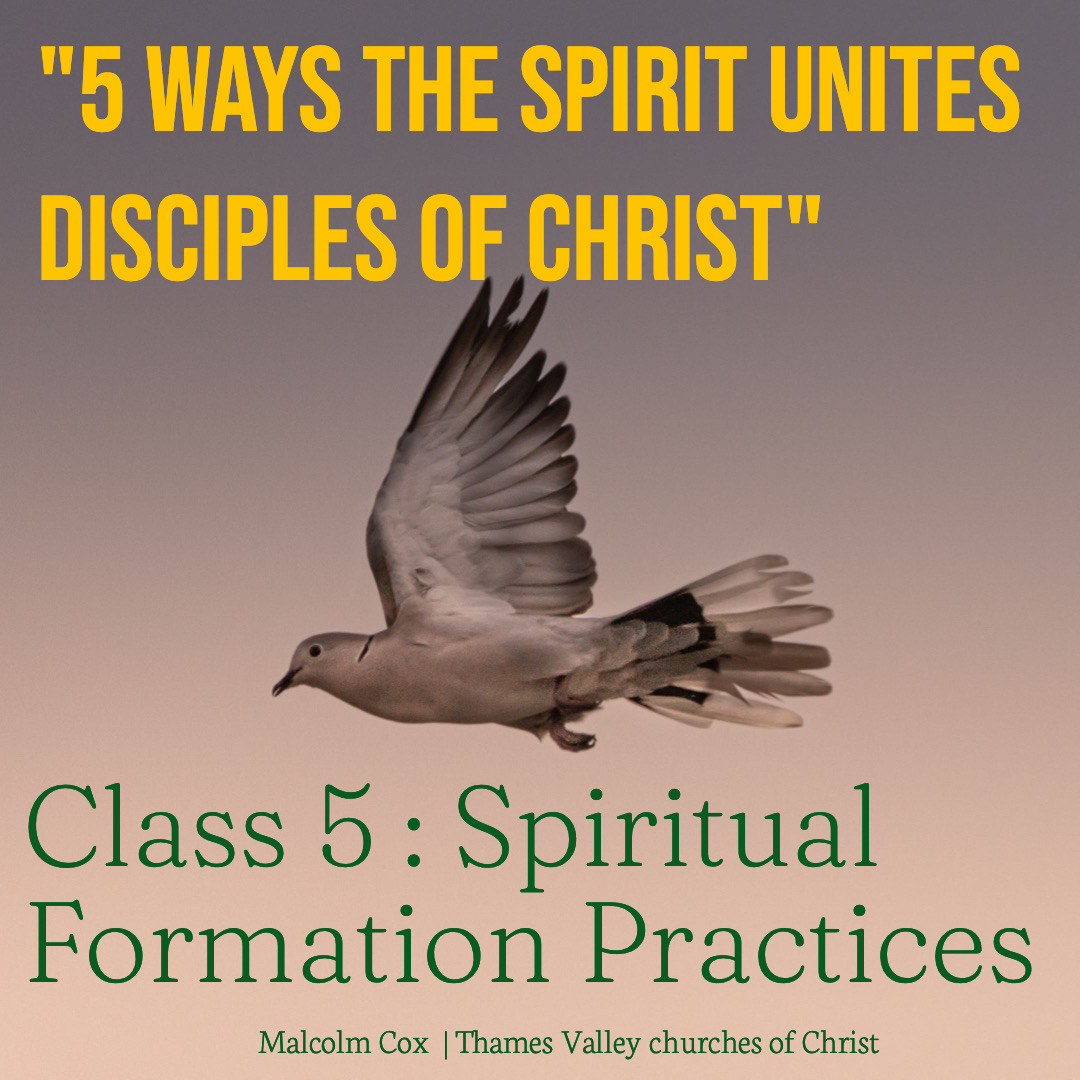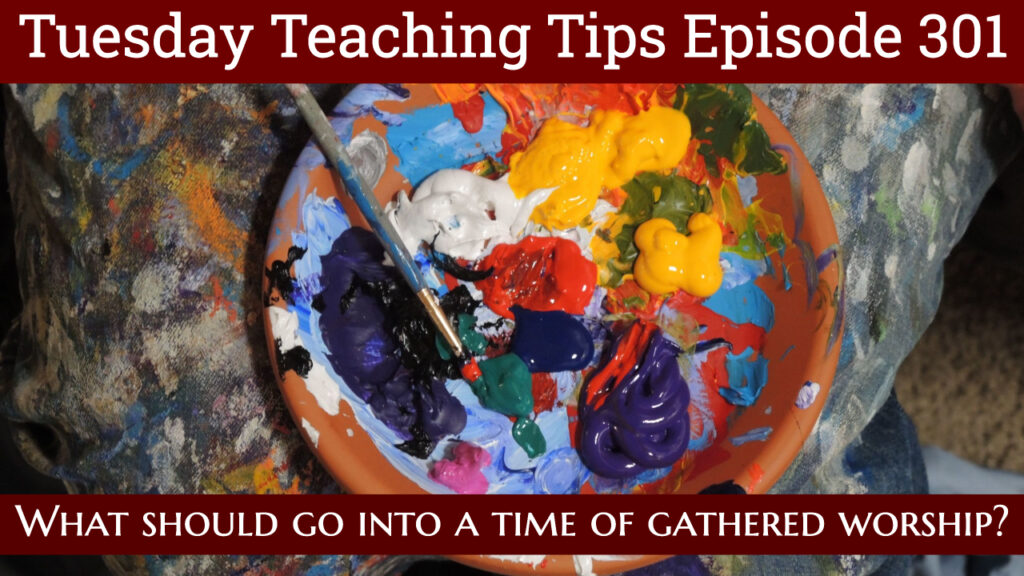
Introduction
I posted a poll on my Youtube channel. Here are the results:
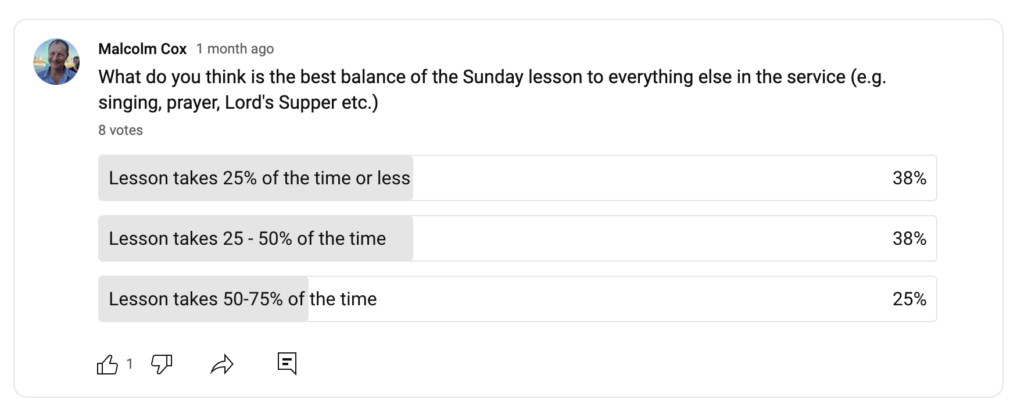
From what we can tell in New Testament times, church services did not have a uniform structure. However, they shared some characteristics.
- Sing/Pray together (verbally expressed worship)
- Eat together (Lord’s Supper)
- Learn together (God’s Word)
- Fellowship together
Many other things are legitimate in our congregational gatherings, such as announcements, testimonies, and more, but the four above seem like the essentials. If you disagree with me, that’s fine. Just let me know your thoughts.
However, if I’m even close to the mark, a secondary question arises: “What is the best balance of these four elements?” Hence the question I posted on my YouTube channel.
The traditions I grew up in put less emphasis on the lesson and fellowship and more on singing, prayer, and the Lord’s supper. I vividly remember one evensong service where an enthusiastic young curate spoke for 20 minutes. It was a scandal!
However, it doesn’t look like Paul’s lesson in Acts 20 was the smallest component of the gathering that night.
“On the first day of the week we came together to break bread. Paul spoke to the people and, because he intended to leave the next day, kept on talking until midnight.” (Acts 20:7 NIV11)
Therefore, we should not be too hard and fast about our decisions regarding the most helpful proportions of singing, praying, eating, learning, and fellowshipping.
The question is why we have chosen the proportions that we have selected in our local context. For example, what proportion of the time together do you spend on each element? Why has that been chosen to be the case?
This last Sunday in Watford, my good friend Douglas Jacoby spoke for about 15 minutes. Everybody was surprised when he sat down, if not a little shocked. Although my sermons are not very long, they are usually longer than 15 minutes. One of the attendees spoke to my wife afterwards and said how delighted he was that the lesson was shorter because the service finished earlier and he was enjoying more fellowship. The fellowship for this person is a more significant part of his worship with the community of faith than for other people. I expect some people were disappointed Douglas did not speak longer.

We’re always going to have members in our congregations who value one element over the others. So how do we engage with these different preferences? Should we vary the proportions in our services week to week? One week more singing, another more prayer, another more focus on the Lord’s supper, another more on teaching and learning together, and another week more time spent on fellowship.
The challenge is that it can breed insecurity because people do not know what to expect each week. However, the advantage may be that we end up serving the worship needs of the congregation more effectively in the round.
Questions:
- What are the typical proportions allocated to different expressions of worship in your local gatherings?
- Why have those been chosen?
- What do you think about varying things from week to week?
- Do the Scriptures gives us any guidance on this question?
Why not sign up for the Old Testament Survey module: https://www.eventbrite.co.uk/e/old-testament-survey-aim-uk-ireland-tickets-531954449077 More information about AIM can be found here: https://www.aimukandireland.com. Send me an email expressing interest if you cannot find what you need on the site.
Please add your comments on this week’s topic. We learn best when we learn in community.
Do you have a question about teaching the Bible? Is it theological, technical, practical? Send me your questions or suggestions. Here’s the email: malcolm@malcolmcox.org.
If you’d like a copy of my free eBook on spiritual disciplines, “How God grows His people”, sign up at my website: http://www.malcolmcox.org.
Please pass the link on, subscribe, leave a review.
Keep calm and carry on teaching.
God bless, Malcolm
